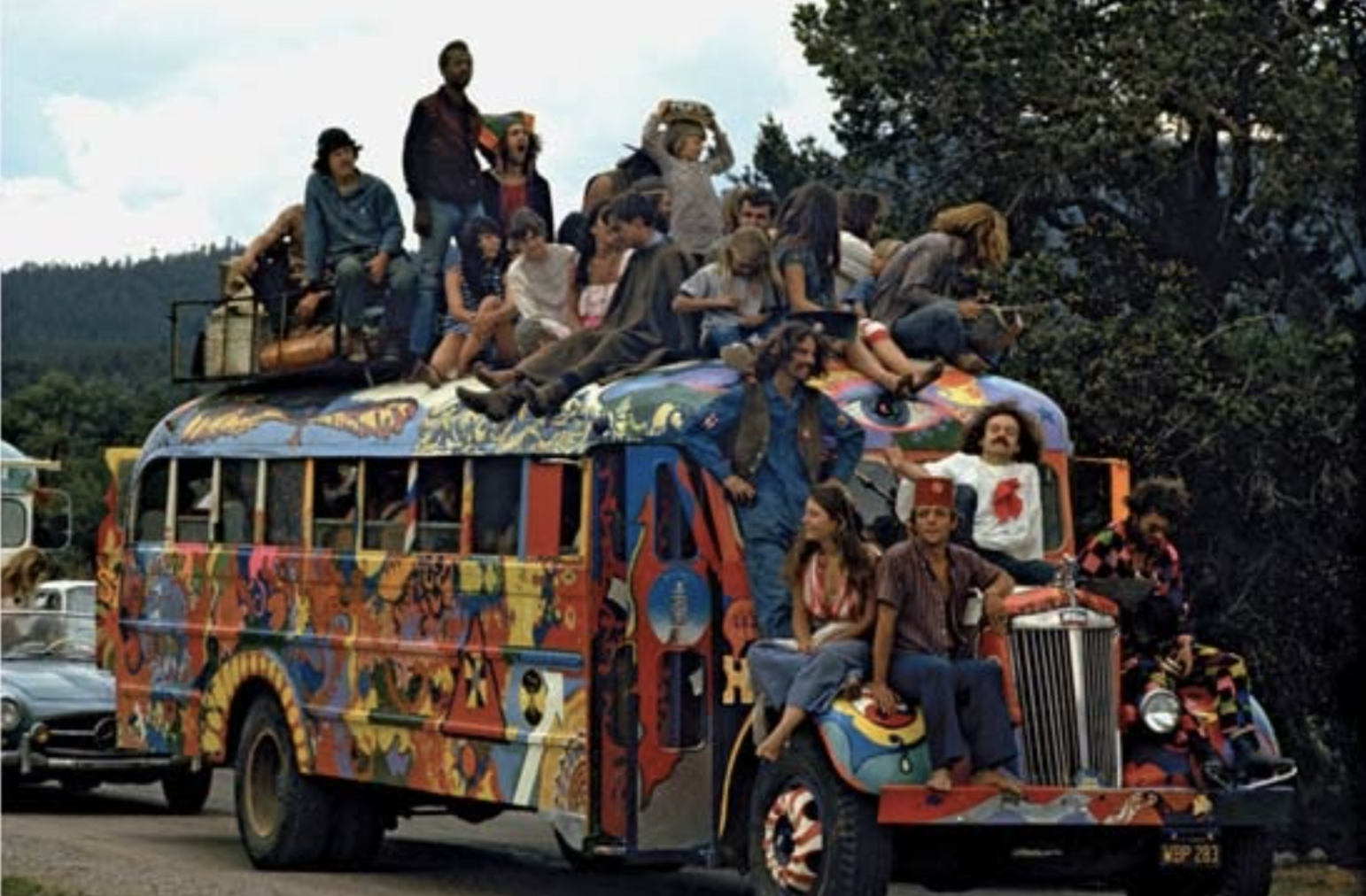Garb, gowns, garments: suits suitable for social change
Fashion as a medium for protest in the United States
Fashion can be underestimated. It’s easy to discount clothes as being too concerned with aesthetics and too dependent on consumerism or flippant in respect to more “intellectual” issues. And while some of this might be rooted in truth, fashion has a scope beyond surface level judgements. Like great art or literature, clothing possesses the ability to inspire people and to convey important messages. Herein lies the “fashion of movements” and the “fashion of change.”
Fashion has the opportunity to spread socio-political messages both explicitly and implicitly. Explicit messages can take the form of slogans printed onto articles of clothing. During the 2017 Women’s March in response to then-President Donald Trump’s vulgar comments about women, protesters sported clothes with slogans like “My pussy my choice” and “Herstory.” During the civil rights movement in the ‘60s, protestors wore statements like “Black Power'' and “Black is Beautiful,” and more recently, during Black Lives Matter demonstrations following the murders of George Floyd, Breonna Taylor and Ahmaud Arbery, among others, protestors wore clothing with the names and images of Black people who were killed by police.
Clothes aren’t always so overt with their messaging, but this doesn’t make them any less powerful. Sometimes, fashion quietly combats stereotypes through symbolism. In the ‘50s and ‘60s, Black civil rights activists often wore modest dresses, suits and ties to fight the racist notion that Black Americans belonged at the bottom of the social hierarchy. Members of the Black Panthers adopted a uniform in the ‘70s of all black, including black pants, shoes, leather jackets and berets. They saw the beret as a symbol of militancy and the color black as a symbol of power.
Hippies in the ‘60s and ‘70s counterculture movement expressed their beliefs through fashion, deliberately rejecting fashion norms dictating professionalism and rebelling against traditional hygiene and its ties to wealth and privilege. Their style often consisted of casual clothes, psychedelic colors, sandals, beads and long hair. Their anti-capitalist views also led them to wear used clothes and reject the control of fashion designers.
Perhaps one of the reasons fashion is successful in promoting change is because trends are always in flux. Fashion goes through intermittent cycles, creating new styles as soon as old ones end. Movements across countries and political lines strive to create change, so fashion offers an apt vehicle to advertise this. Through fashion, ideas that originate within small communities can soon spread to mainstream culture. Fashion has the potential to spread a movement's message, but this can also have negative consequences.
Sometimes, however, clothing trends water down the meaning of a message. The Black Panthers believed such was the case with the African Kente cloth, a brightly colored strip of fabric that became a symbol of African identity and Black pride in the 1960s. As the Kente cloth rose in popularity, the Black Panthers grew uncomfortable with its commodification and what they believed to be its waning symbolism, so they decided they did not want the cloth to be associated with their organization. More recently, clothes with rainbow flags and Pride slogans have faced controversy for being mere gestures of support for the LGBTQ+ community that are not always backed by real action and change. In what is called rainbow capitalism, companies profit off of selling this Pride merchandise, and the incorporation of Pride into consumerism can have the effect of drawing away from Pride’s political focus.
Fashion does have its flaws as a means for social change. Issues that are tied to the fashion industry in general, like those concerning capitalism and appropriation, can cause controversy and consequences. For instance, as part of their rejection of modern American society, the hippie movement culturally appropriated Indigenous clothing. This played into an existing problem of non-Natives using Indigenous imagery for their own agendas, thereby exploiting and misrepresenting a culture that has continuously faced erasure at the hands of white people. Social and political issues can be complex and intertwined, so while fashion might be used in an attempt to solve one issue, it can give rise to or skim over another. Regarding clothing with slogans, a few bolded words are not always enough to address the full scope of a problem. At the 2017 Women’s March, shirts reading “my pussy my choice” addressed the prevalent issue of sexual assault, but did not include the experiences of some trans women in the narrative.
While the potential problems that fashion poses as a mode of change should not be ignored, it should be acknowledged that such problems arise from a convergence of sociopolitical issues and are not just the fault of the clothes themselves. Clothing can still be a powerful means of protest. One of the defining factors of fashion is that it directly interacts with the body. By choosing what to wear, we declare control over our bodies. This can be an act of resistance in and of itself. Many causes championed by the feminist movement, like reproductive rights, sexual assault and domestic violence are bodily-oriented. If we look at the Black experience in America, Black bodies have historically been, and are still, commodified, politicized and put at risk of harm through police brutality and other state sanctioned acts of violence.
These are only examples from the United States, but there have been plenty of times when fashion has been used in other countries to further a cause. As a visual medium, fashion demonstrates its message with and without the need for speech, and as a highly physical medium, it has a unique ability to produce tangible effects. Clothing might not always be used for purposes outside of comfort and aesthetics, but when it is, it holds immense power.





